| Plant Habit: | Shrub Cactus/Succulent |
| Sun Requirements: | Full Sun to Partial Shade |
| Minimum cold hardiness: | Zone 9a -6.7 °C (20 °F) to -3.9 °C (25 °F) |
| Plant Height: | Can reach 6 to 8 feet in height |
| Plant Spread: | 24 inches |
| Leaves: | Evergreen |
| Flowers: | Other: In the genus Euphorbia, the flowers are reduced in size and aggregated into a cluster of flowers called a cyathium (plural cyathia). This feature is present in every species of the genus Euphorbia but nowhere else in the plant kingdom. |
| Flower Color: | Red |
| Flower Time: | Summer Late summer or early fall |
| Suitable Locations: | Xeriscapic |
| Dynamic Accumulator: | B (Boron) |
| Wildlife Attractant: | Hummingbirds |
| Toxicity: | Other: All members of the genus Euphorbia produce a milky sap called latex that is toxic and can range from a mild irritant to very poisonous. |
| Propagation: Other methods: | Cuttings: Stem |
| Containers: | Suitable in 1 gallon Needs excellent drainage in pots |
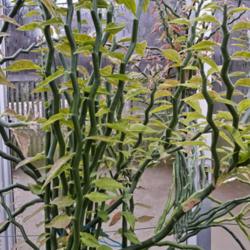
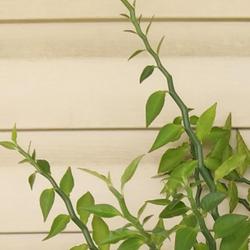
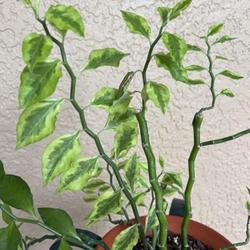



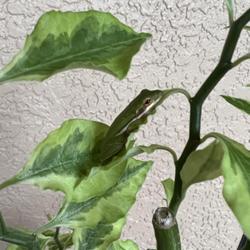

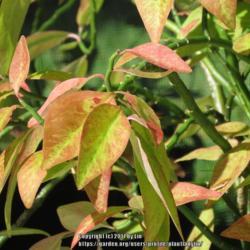
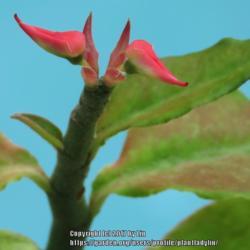
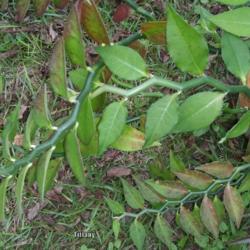

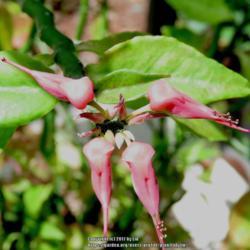

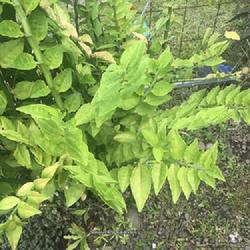
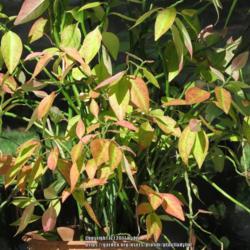
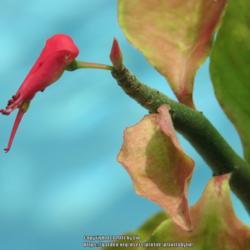

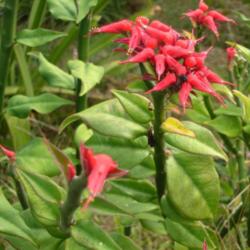
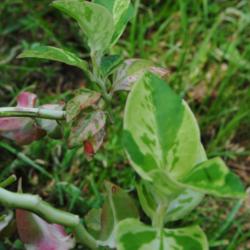
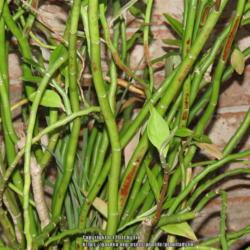
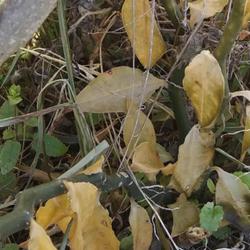


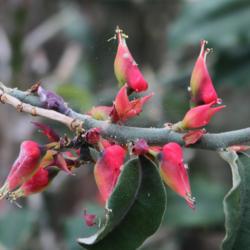
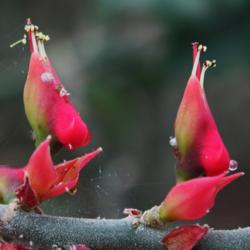
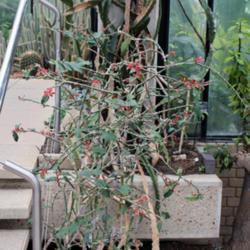
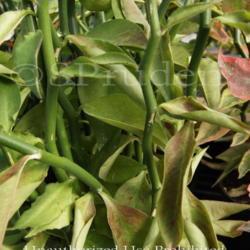
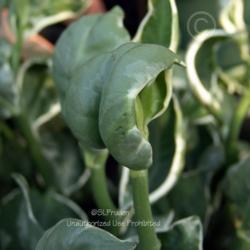




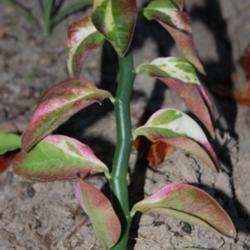
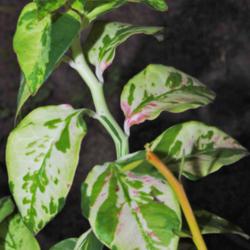
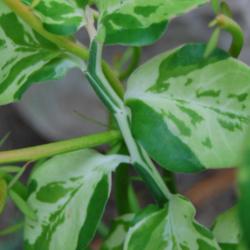
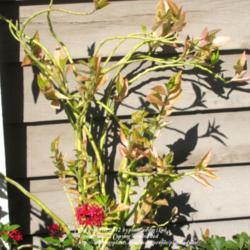
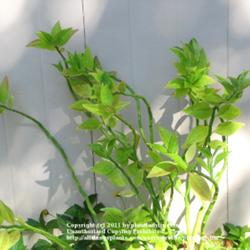

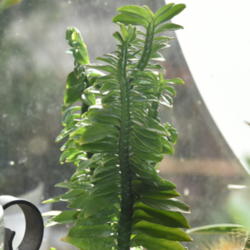
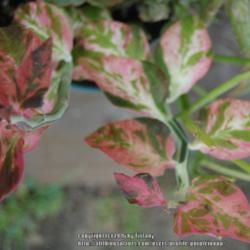



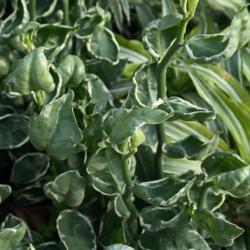
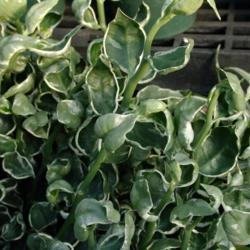
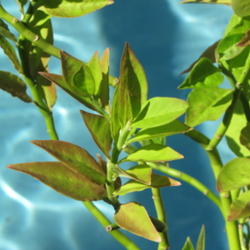


| Thread Title | Last Reply | Replies |
|---|---|---|
| This looks like the variegated variety ... by plantladylin | Mar 6, 2017 3:37 PM | 1 |
« Add a new plant to the database
» Search the Euphorbias Database: by characteristics or by cultivar name
« See the general plant entry for Euphorbias (Euphorbia)